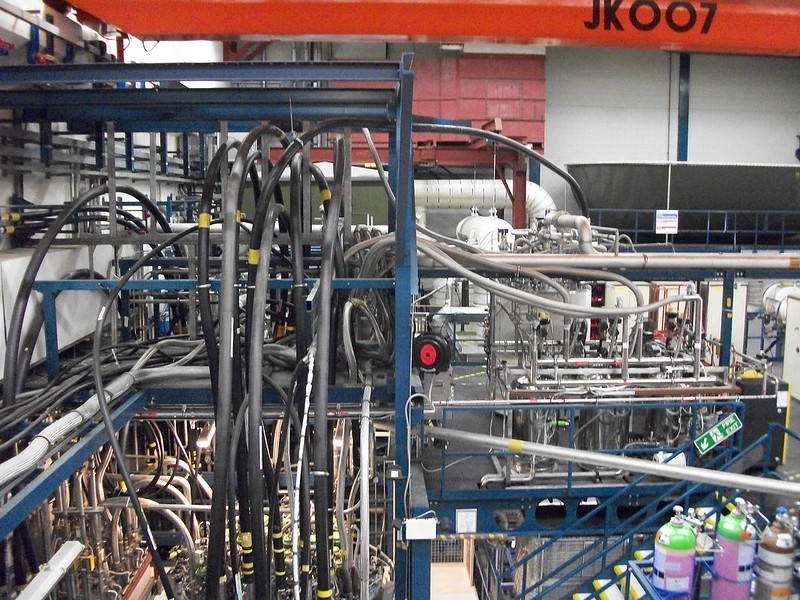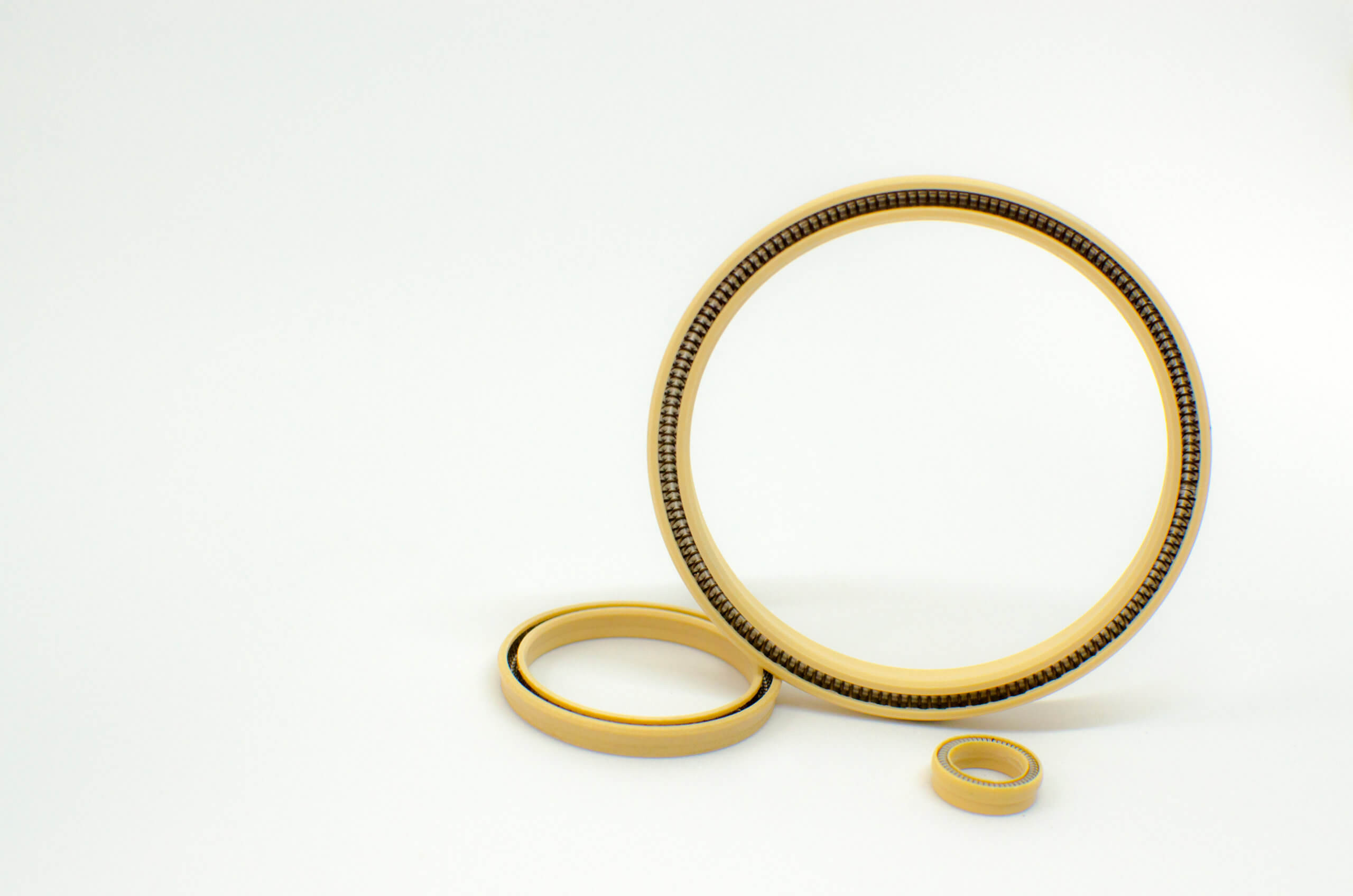Cold temperatures can cause materials to become brittle and lose elasticity, leading to seal failure. Additionally, thermal expansion and contraction can cause seals to break down over time. For these reasons, selecting the proper seals for cold temperature and cryogenic valves is crucial.

When selecting seals for cold temperature applications, it’s essential to consider the following factors:
- Temperature range: The seal must withstand the extreme temperatures of cryogenic fluids.
- Pressure range: The seal must withstand the pressure of the processed fluid.
- Chemical compatibility: The seal material must be compatible with the processed fluid.
- Wear resistance: The seal must withstand repeated valve cycling without breaking down.
Factors to Consider When Selecting Cold Temperature Seals
When selecting the proper seal for your cold temperature application, there are several factors you need to consider:
Temperature Range
The first factor to consider is the temperature range your application will require. Cryogenic seals operate in temperatures ranging from -460°F (-273°C); you’ll want to choose a material specifically designed for these conditions.
Pressure Range
You’ll also need to consider the pressure range your application will be operating under, as this will affect which type of seal you’ll need to use.
Chemical Compatibility
Another essential factor to consider is chemical compatibility with the fluid or gas your cryogenic valves system processes. Not all materials perform well with every substance they encounter over time.
Wear Resistance
Finally, wear resistance is an important consideration when selecting seal materials since repeated valve cycling and exposure to pressure can cause wear over time, eventually leading to breakdowns if not properly addressed beforehand.
Types of Cryogenic Valves Seals for Cold Temperature Applications
PTFE (Polytetrafluoroethylene), FEP (Fluorinated Ethylene Propylene), and UHMW (Ultra High Molecular Weight PE) are popular choices due to its exceptional chemical resistance and low coefficient of friction. It also has excellent thermal stability and can withstand temperatures as low as -460°F (-273°C).
Another critical aspect of designing polymer seals for cryogenic applications is the seal geometry. The seal design must provide sufficient compression force to ensure proper sealing while compensating for any dimensional changes caused by temperature fluctuations or external forces. A common approach in these applications involves creating a labyrinth seal design where multiple grooves in the seal face interlock with corresponding ridges on the mating surface, creating various barriers between gasses while allowing relative movement between two mating surfaces.
Cryogenic valves’ sealing surfaces should be smooth and free of surface defects, as imperfections can compromise sealing integrity. Surface roughness is measured in Ra (arithmetic average deviation) or Rz (average peak to valley height). A typical Ra/Rz value for cryogenic seals should be less than 20/100 micro inch respectively.
Cryogenic applications often involve extreme pressure differentials, making it essential to select a polymer seal material that can handle high-pressure environments without extruding or deforming under load. In some cases, this requires designing the seal with an additional support element, such as a metal spring or an energizing lip that helps maintain proper compression force over time.
Proper installation procedures must be followed to ensure optimal performance and longevity of cryogenic seals, which includes ensuring that all mating surfaces are clean and free from debris or other contaminants that could compromise sealing integrity. The assembly process must also account for thermal expansion, which can cause dimensional changes in both components leading to reduced compression forces if not accounted for during installation.
Selecting the correct seals for cold temperature and cryogenic valves requires careful consideration based on multiple factors, including temperature range, pressure range, chemical compatibility, and wear resistance, among others discussed above. Choosing the proper seal can ensure that your valve system will function optimally and prevent leakages, which could be catastrophic in many processing applications. Be sure to work with a trusted supplier who can help you choose the proper seal for your needs and provide expert advice on installation and maintenance.


 Leaks involving LNG (Liquified Natural Gas) at cryogenic temperatures are dangerous to the health and safety of workers and to plant operation. Issues such as toxicity, extreme cold, asphyxiation, flammability, and explosions resulting from rapid expansion of LNG all point to the need for a reliable, leak-proof seal.
Leaks involving LNG (Liquified Natural Gas) at cryogenic temperatures are dangerous to the health and safety of workers and to plant operation. Issues such as toxicity, extreme cold, asphyxiation, flammability, and explosions resulting from rapid expansion of LNG all point to the need for a reliable, leak-proof seal.